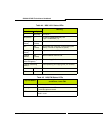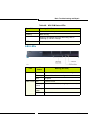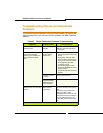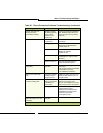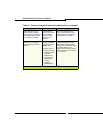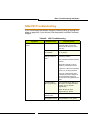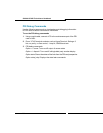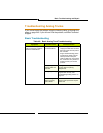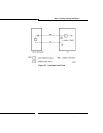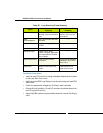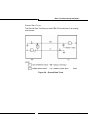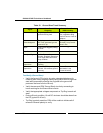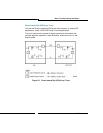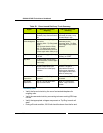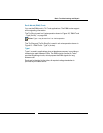
252
SX-200 ICP MX Technician’s Handbook
Troubleshooting Signaling Problems
The following section covers problems caused by faulty trunk signaling.
General Signaling & Supervision Concepts
All trunks share similar basic handshaking functions. The actual signaling
mechanism will vary with the trunk type.
Seize: (request to make a call) The calling party initiates the call by
requesting service from the called party.
Seize Acknowledgment: (ready to receive) The called party indicates
that the call can commence.
This acknowledgment occurs when the calling party expects a response
(Dial Tone) or when the called party needs time to establish appropriate
resources (DTMF receivers).
Digits: (who to talk with) The calling party generates the rotary pulse or
DTMF.
Stop Dial: (slow down, can’t handle the pace) The called party generates
a signal to indicate that digits are in risk of being lost.
Receipt of Digits: (status of call) The called party generates audible tones
to indicate the status of the call (for example, Ringback, Busy, and
Reorder).
Answer Supervision: (called party has answered) The called party
indicates that the call has been answered. This signal is for billing
purposes (Hotel/Motel), generation of SMDR reports, etc.
Disconnect Supervision: (release and go back to idle) Either party
generates this signal to indicate the termination of a call and to return the
trunk to the idle condition.
Loop Start Trunk
The Loop Start Line/Trunk serves the standard domestic applications and
small businesses that have key systems and PBX applications.



